Is Bike Fitting Only for Professional Cyclists?
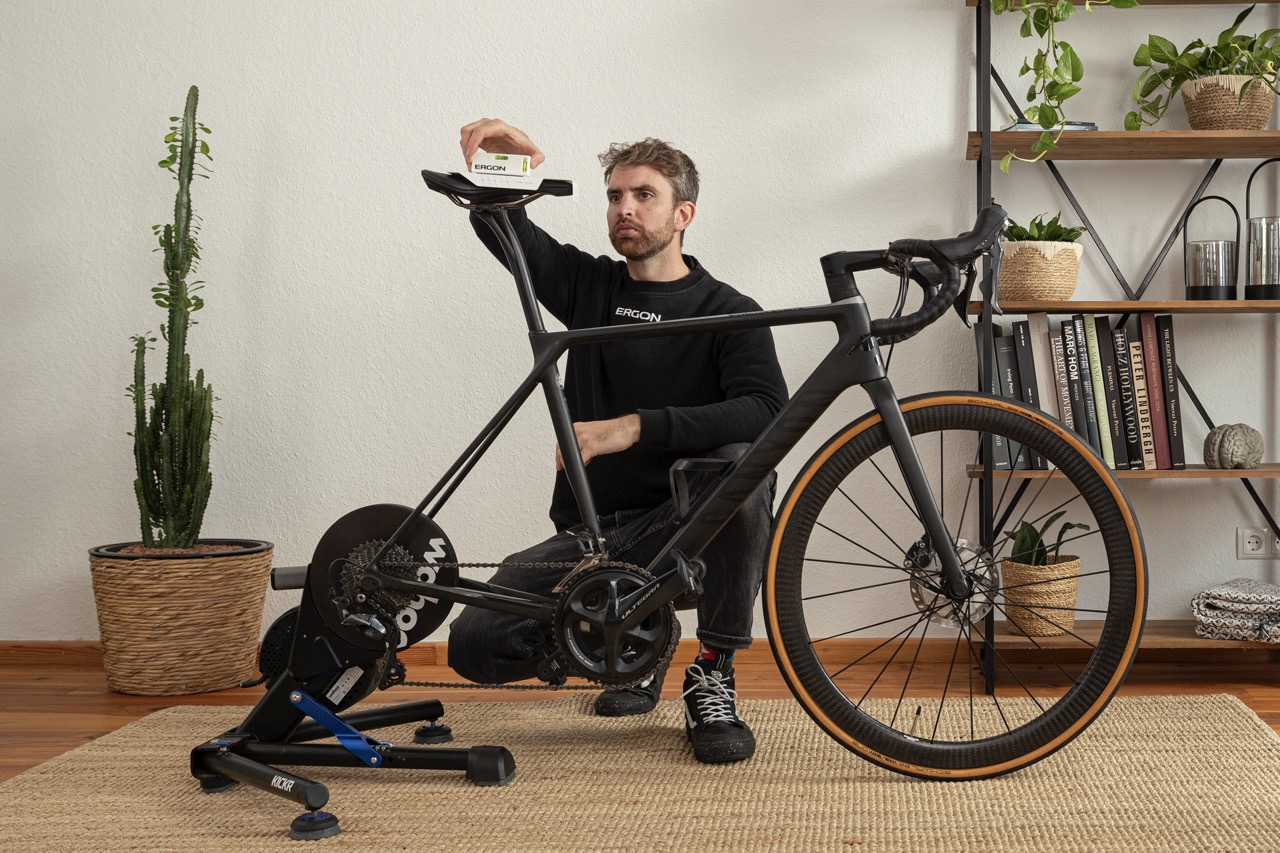
Find out why a bike fitting is not just reserved for professionals and how you can improve your riding comfort and performance.
Bike Fitting – Just for Pros? Or Not?
Cycling is fundamentally one of the most versatile means of transportation, used by people of all ages and fitness levels. Whether for commuting, long-distance touring, or athletic pursuits, the bike serves a multitude of purposes. However, one crucial aspect is often overlooked: the importance of proper riding position to prevent injuries, enhance performance, and maximize comfort. This is where bike fitting comes in—a specialized adjustment of the bicycle to the rider’s body measurements and needs. Most people associate bike fitting with professional cycling, competitive amateur racing, or triathlons. But is bike fitting only for high-performance athletes? Spoiler alert: Dr. Kim Tofaute, sports scientist and ergonomics expert at Ergon, says, “A fitting is interesting for any cyclist who wants to sit better on their bike. The more frequently and the longer the bike is used, the more relevant it becomes.” In the following article, we’ll explore in detail what bike fitting is, the different methods used, the problems it solves, and the benefits it offers—and we’ll clarify whether it’s only for pros or also suitable for amateurs and recreational riders.
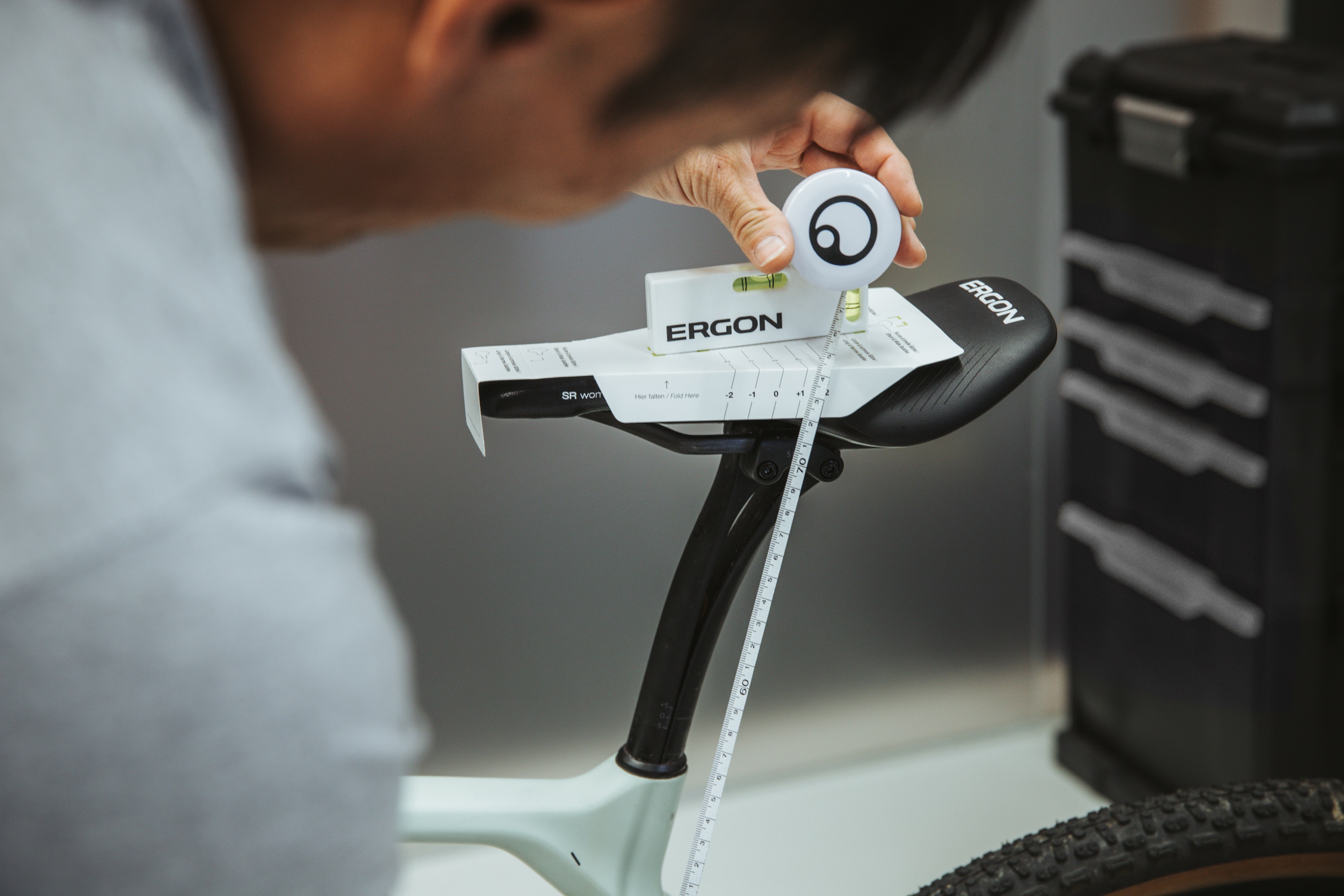
What Is Bike Fitting?
Bike fitting refers to the process of adjusting a bicycle to suit the rider’s physical characteristics and requirements. The goal is to find the optimal balance between comfort, efficiency, and performance. This includes adjusting saddle height, handlebar position, and the distance and width of the pedals. A skilled bike fitter doesn’t just make basic adjustments—they also consider individual body features such as unique proportions, hip flexibility, and even asymmetries. “Originally, bike fitting was only used for professionals,” says Dr. Kim Tofaute. A significant factor, he explains, was always aerodynamics. “A flatter upper body position reduces frontal area. Simple in theory. But in reality, it’s not that easy—because a very low position reduces biomechanical efficiency, making the athlete slower. The goal of bike fitting is to find the individually optimal position.”
Bike Fitting Methods
There are several approaches and techniques to determine the ideal bike setup. Depending on the provider and complexity of the analysis, different methods may be used:
1. Static Measurements or Static Analysis
This is the most basic method. The fitter—often a sports scientist or an experienced coach—measures key body dimensions such as leg length, arm length, hip angle, and shoulder width, and adjusts the bike accordingly using simple tools like measuring tapes and angle finders.
2. 2D Video Analysis
The rider is filmed from the side (and sometimes the front) while seated on the bike. The footage is analyzed to assess the position of the knee, hip, and foot in relation to the pedals and saddle. Adjustments are made based on this visual data.
3. 3D Motion Capture Technology
This is the most advanced method, where the rider wears markers tracked by cameras to create a 3D analysis of body movements while riding. This allows for highly precise adjustments and corrections of even minor misalignments.
4. Pressure Sensors
Some systems use pressure sensors in the saddle or shoes to measure pressure distribution while pedaling. This helps identify and correct issues like saddle discomfort or foot misalignment.
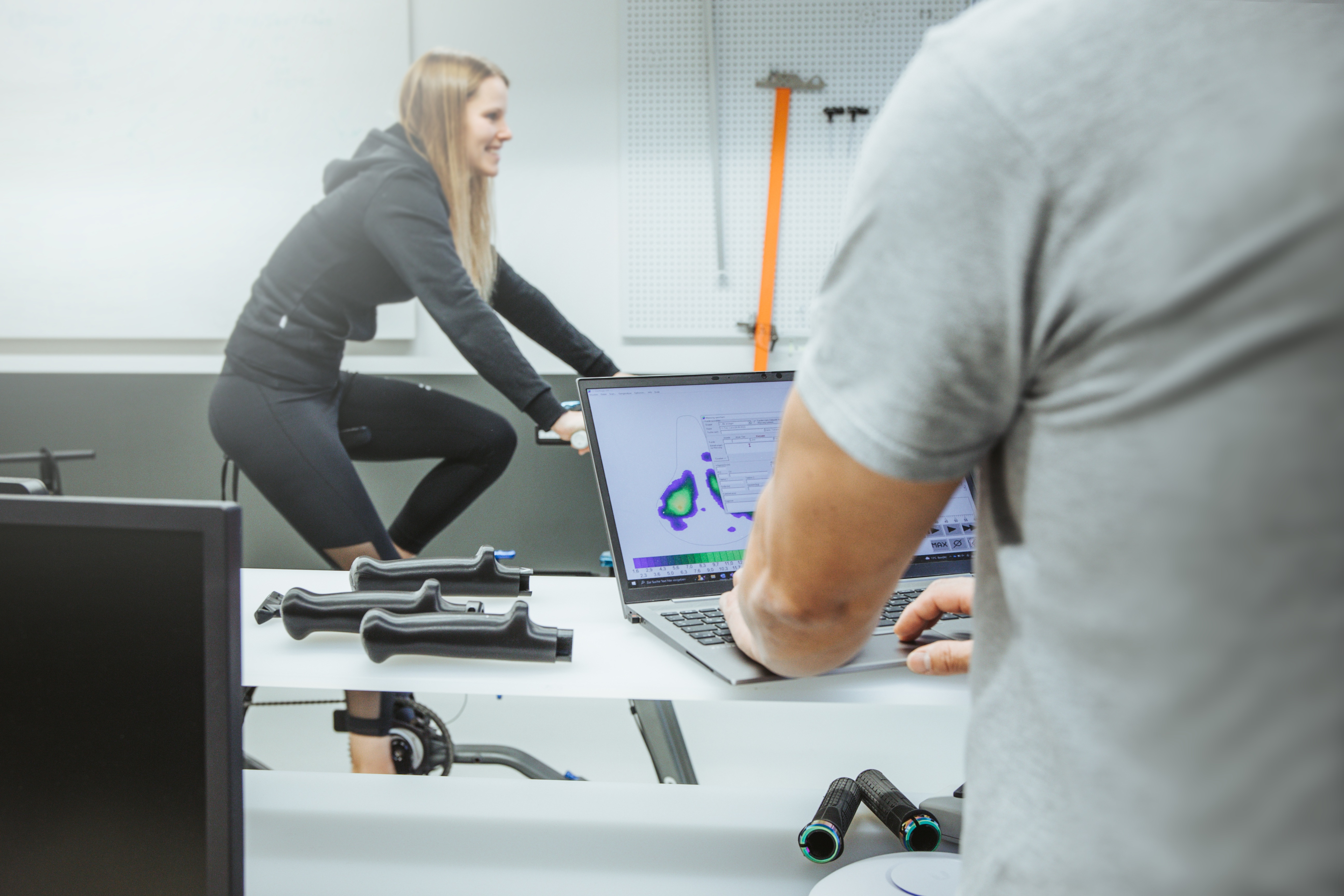
Why Should I Get a Bike Fitting?
Many cyclists assume that once they’ve bought a bike in the right frame size, it should fit perfectly. But that’s rarely the case. Numerous variables affect comfort and efficiency. An ergonomically misadjusted bike can lead to a range of issues, such as:
Back pain: Incorrect saddle height or handlebar position can strain the back muscles.
Knee pain: Improper saddle-to-pedal distance can overload the knee joints.
Numbness or hand pain: Poor handlebar or bike grip setup or saddle-handlebar ratio can strain the wrists, causing numbness or pain.
Saddle discomfort: The small saddle surface puts pressure on nerves and blood vessels in the perineal area. This pressure increases if the bike isn’t ergonomically adjusted to distribute it through the sit bones. Incorrect saddle height or position can also cause friction between bike saddle and thighs, leading to skin irritation.
A professional bike fitting can prevent or resolve these issues by tailoring the bike to the rider’s body.
What Problems Can Bike Fitting Solve?
A well-executed fitting can eliminate many common cycling issues caused by poor posture:
- Performance loss: Incorrect posture can prevent muscle chains from working efficiently. Bike fitting optimizes this, improving pedaling efficiency and performance.
- Injuries: Poor bike setup often leads to overuse injuries, especially in the knees and back. Fitting minimizes these risks.
- Discomfort on long rides: Comfort is key on long tours. A poorly adjusted bike can cause pain in the hands, neck, and back. Optimizing the position improves pressure distribution and comfort.
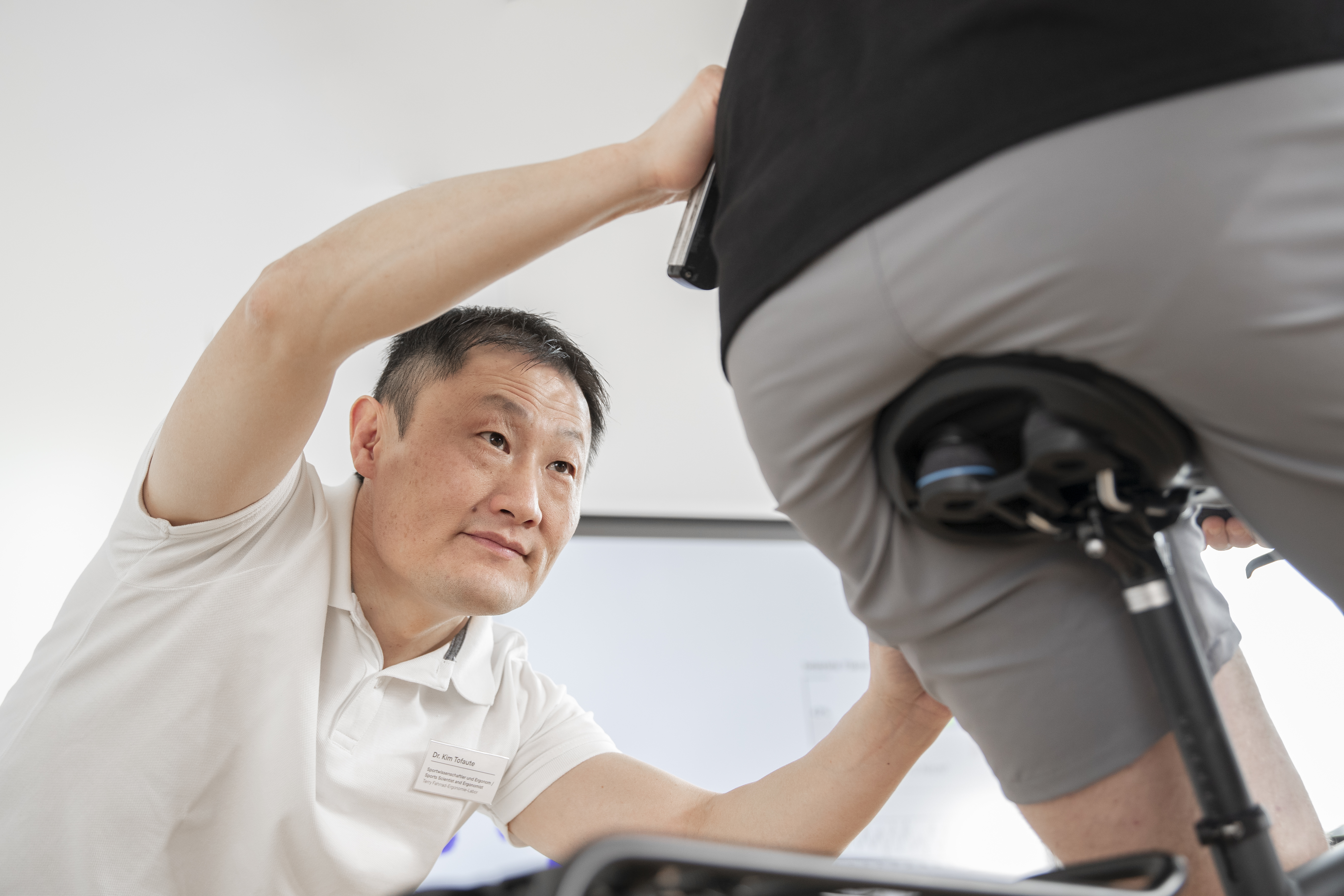
Benefits of Bike Fitting
The most obvious benefit is increased comfort. A well-fitted bike allows for longer rides without pain or excessive fatigue. Additional benefits include:
- Injury prevention: Proper alignment reduces harmful stress on the body.
- Efficiency: Muscle power is transferred more effectively, boosting performance.
- Long-term health: Years of riding on a poorly adjusted bike can cause postural damage and chronic pain. Bike fitting helps prevent these issues.
When Does a Bike Fitting Make Sense?
Of course, you can optimize your bike later through a bike fitting. However, it also makes sense to have a fitting done before purchasing a bike. Some retailers now offer bike fittings—sometimes even as an additional service. This provides valuable insights into frame size, geometry, and other aspects such as saddle height and handlebar position, which can help guide your purchasing decision. Ultimately, though, cyclists should only make a final decision after taking the bike they’re interested in for a thorough test ride.

What Should I Bring to a Bike Fitting?
Typically, an experienced bike fitter will let you know what to bring to your appointment. Some recommend bringing your own road bike, mountain bike, or other type of bicycle. Others work with a bike fitting jig—a frame that simulates a bike and allows all measurements, such as saddle-to-handlebar distance, stem height, setback, and more, to be adjusted quickly and precisely. The final measurements are then transferred to your actual bike at home.
In any case, cyclists should bring their shoes (including cleats), saddle, and either cycling shorts or comfortable sportswear.
Bike Fitting Only for Professional Athletes?!
“That’s not true!” says Dr. Kim Tofaute. Bike fitting can help any cyclist ride better. While performance improvement is a key focus for professionals, reducing fatigue and preventing injuries are equally important. “All of these aspects are also relevant for recreational riders,” Tofaute explains. Bike fitting is therefore suitable for all cyclists, regardless of performance level. Recreational and amateur riders often benefit the most, as they are more likely to suffer from discomfort caused by poor riding positions. E-bike riders may experience less strain on their legs, but they often have more weight on the saddle and hands—making them ideal candidates for bike fitting as well. Especially on longer rides, comfort is crucial, and a well-adjusted pedelec can make the difference between an enjoyable tour and a painful experience.
Should I Get a Bike Fitting Right Before a Race?
We would advise against it. A bike fitting often alters the relationship between contact points on the bike, which in turn changes joint angles and muscle loading. As a result, the athlete may not be able to perform at their usual level and could even risk injury.
Our recommendation: schedule your fitting with enough time for your body to adapt to the new setup. It can also be wise not to make drastic changes all at once—for example, if the fitting suggests raising the saddle by two centimeters, it may be better to approach that target gradually over several days or weeks.
Can a Bike Fitting Be Transferred to Other Bikes?
Generally, measurements and values obtained from a fitting can be applied to other bikes to some extent. However, this isn’t always desirable. For example, aerodynamics is a key factor in road cycling and triathlon, and bike fitters will pay close attention to achieving an aerodynamic position—while still ensuring ergonomic comfort, such as avoiding neck pain. On a mountain bike, however, handling and ride safety are more critical, and aerodynamics plays a lesser role. In short: the more you want to get out of a specific bike in harmony with your body, the more critical it is to tailor the fitting to that particular bike.
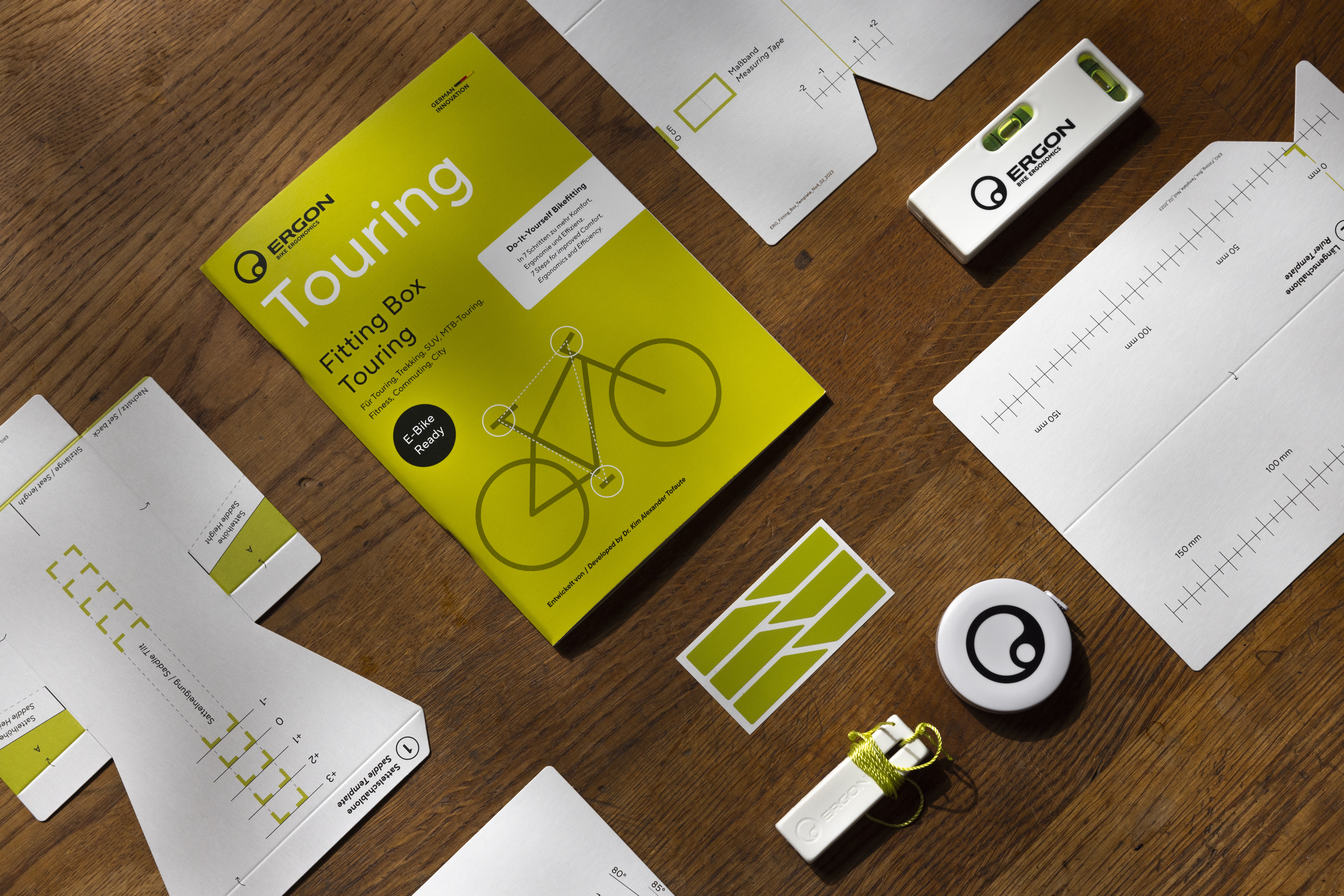
Conclusion
Whether you're a pro, a hobby cyclist, or an e-bike rider—a bike fitting is suitable for anyone looking to improve their riding experience. It enhances comfort, reduces the risk of injury, and increases efficiency on the bike. If you want to enjoy cycling seriously and in the long term, a professional bike fitting is worth considering. And while a fitting at a professional institute may cost around €250, the investment pays off when you consider the increased enjoyment, improved performance, and—perhaps most importantly—the injury prevention it offers. For those hesitant to invest in a professional fitting, we recommend the Ergon Bike Fitting Box. Developed by Dr. Kim Tofaute, it guides users step-by-step through the fitting process.